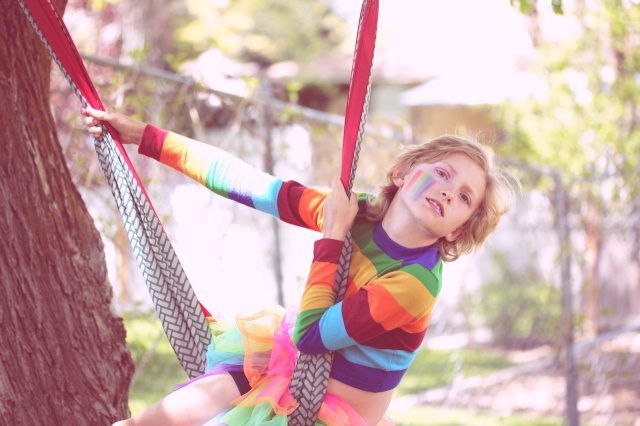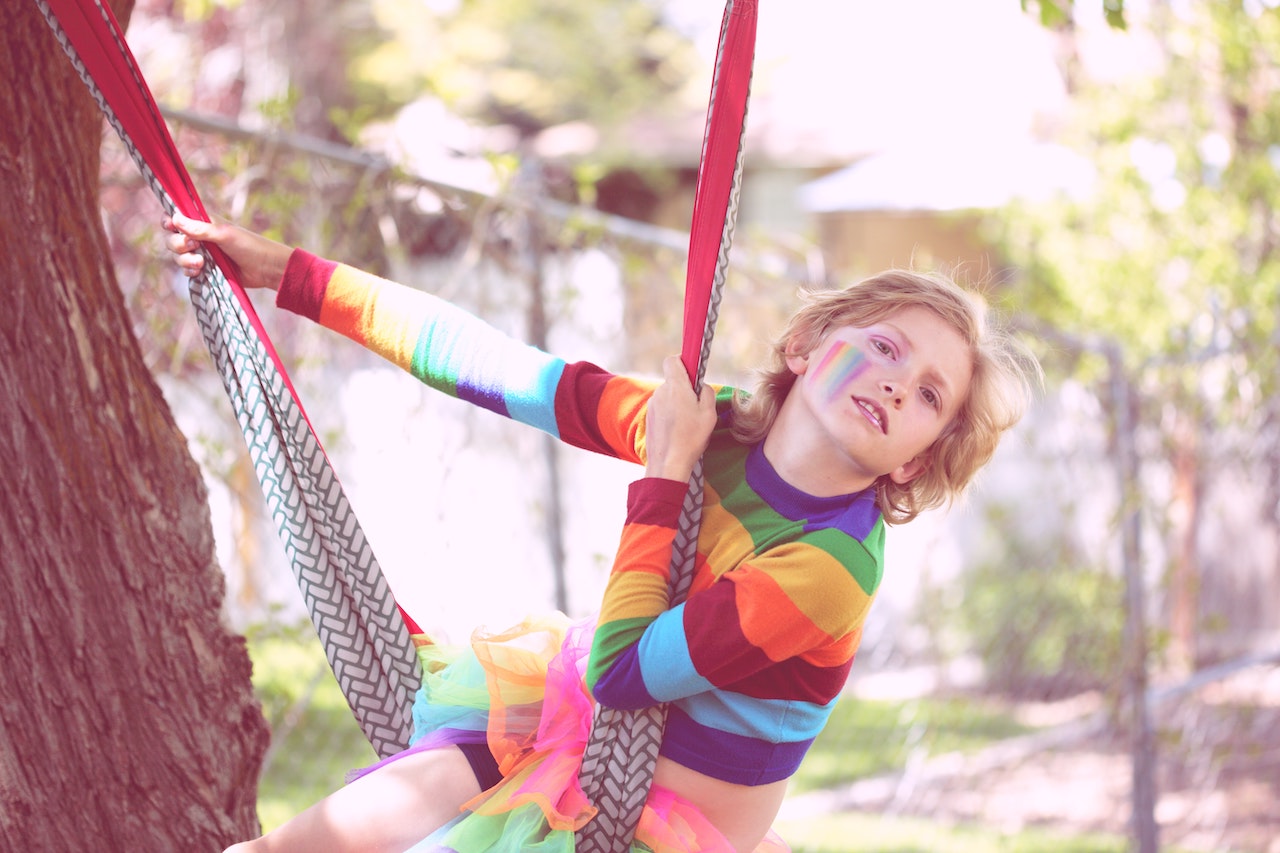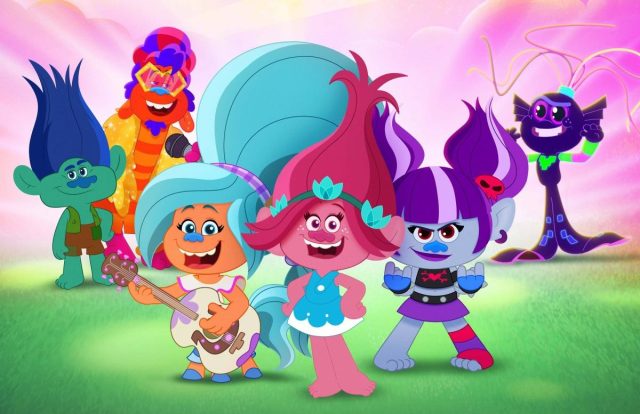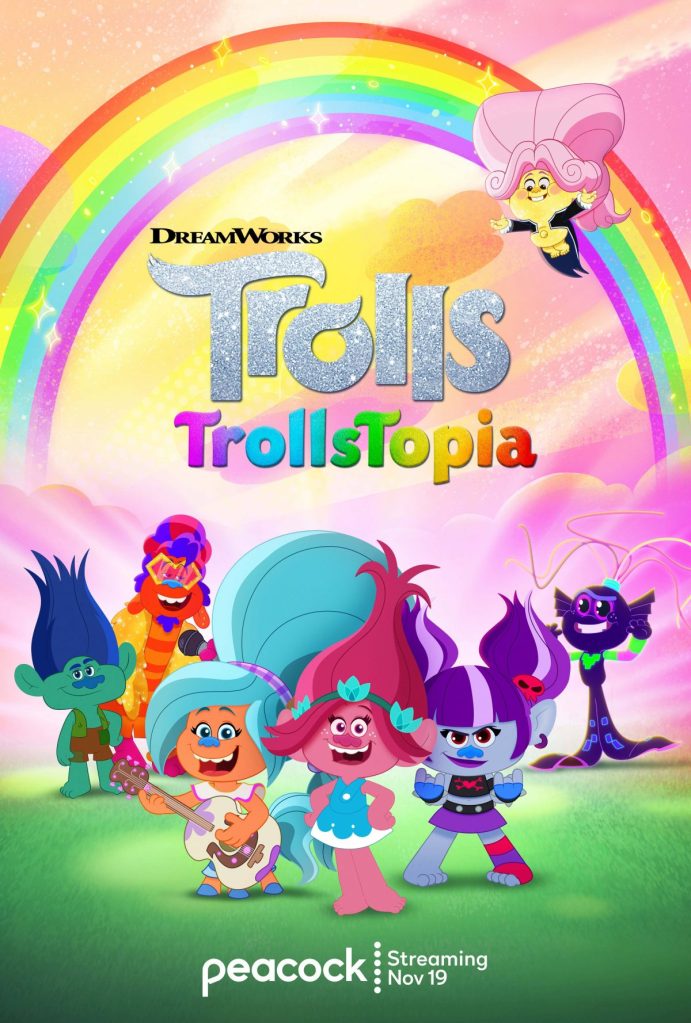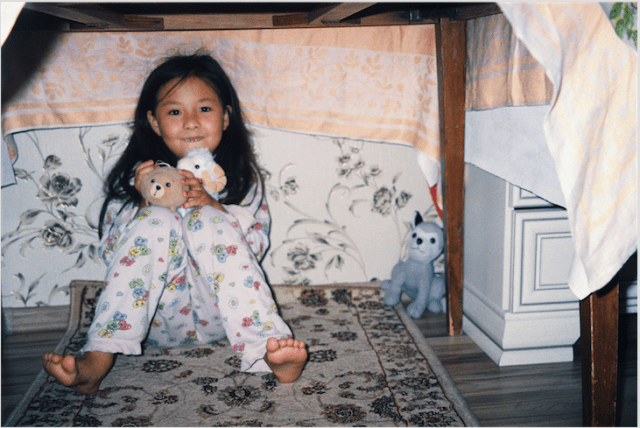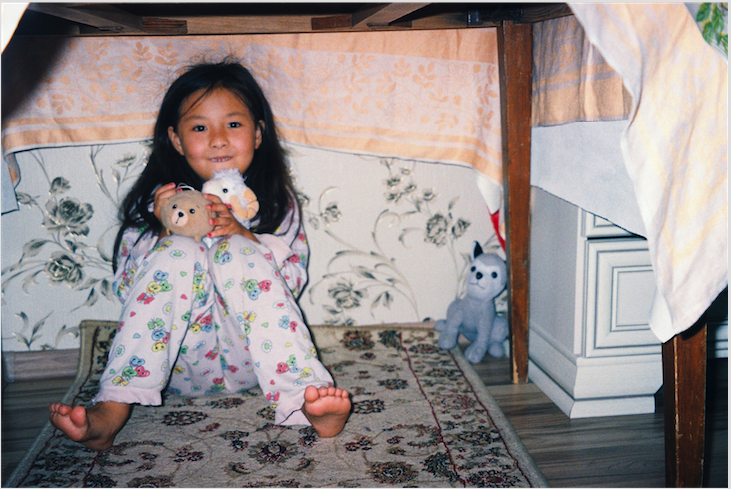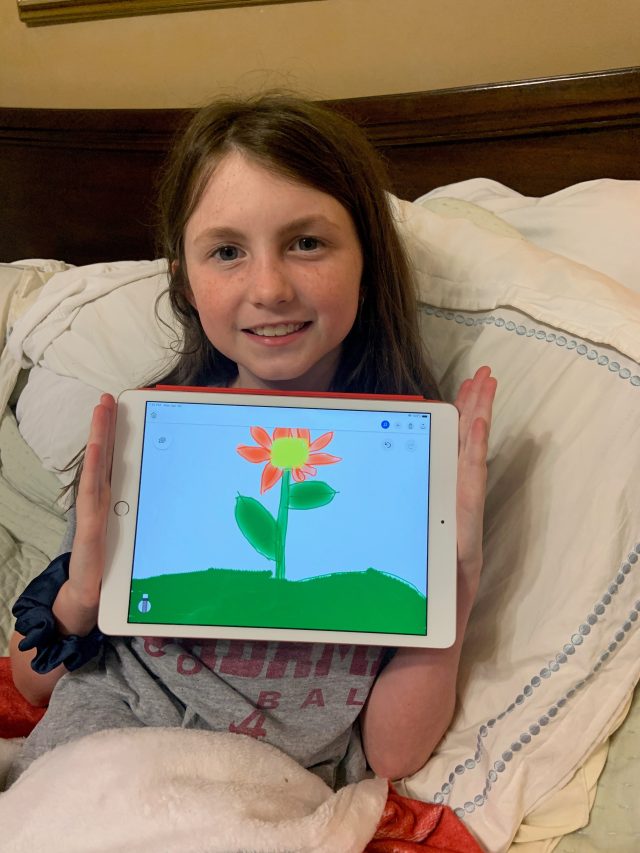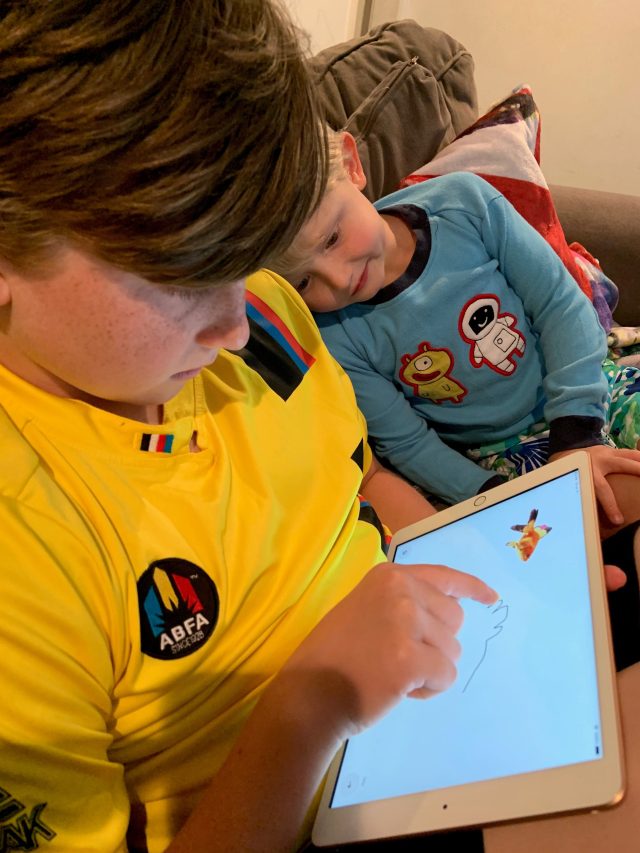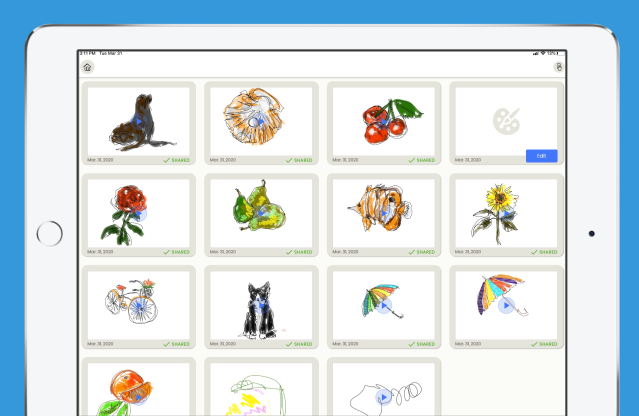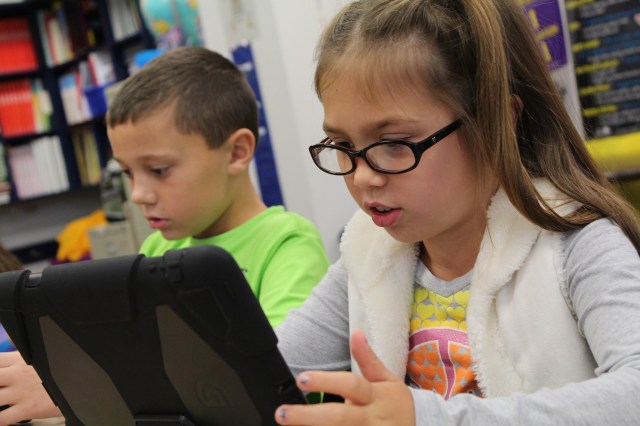There are a few things you can do to help your elementary school kid thrive
When my oldest daughter was first starting elementary school, I missed all the registration deadlines, so I couldn’t tour the building or meet her teachers. Since I blew it in regards to a tour, which may have allowed me to tell my daughter how special her future classroom was, or how nice her teachers seemed—my only interaction with the school was with the secretary. While we mostly spoke about up-to-date medical forms and school supply lists, I did my darndest to talk up how wonderful Lisa, the secretary, was after every conversation. It was my daughter’s only peek into the place that would soon occupy six hours of her day, five days a week, and I knew I had to do my best to make it a positive one.
Our recommendations and assurances, as parents, have an amazing impact on the comfort level of people who know and trust us. They are even more intrinsic when it comes to our children’s confidence in the new environments we are tasked with introducing them to throughout their childhood. A new sport, a new playdate, and especially a new school involves your child trusting in the potential of the match you have arranged on their behalf.
When children are about to embark on a new adventure, they look to us to see if they should be scared, excited, confident, or resistant. When that new adventure involves separation from us, as the school does, it’s even more crucial that children have the sense that we like and trust the people in whose care we are placing them in. Of course, your child has the final say in whom they like and trust, but we can do our part to warm them up to the idea of exploring new relationships and situations if we make the effort to set a positive tone from the outset.
It’s no wonder that one of the biggest indicators of children’s success in school is the parental attitude toward school.
Here are five things you can try to help your child feel a sense of trust, ease, and confidence as the new school year begins
1. Speak positively about your child’s school and teachers. Any small expression of fondness goes a long way. No need to feel hindered by not having details; your child is trying to pick up on your energy and attitude, not necessarily your knowledge of specifics.
2. Look for opportunities to find similarities so your child feels a sense of familiarity and belonging. This can be done in small ways, such as letting your child know that you saw her favorite book in the school library or that his teacher has the same first name as a family member.
3. Convey a sense of trust. If your child is worried about being away from you, give reassurance that you would only put her in the care of people who are capable of caring for her in your absence.
4. Use names, not titles, when referring to people at your child’s school. Instead of saying, “your teacher” or “your principal,” which makes the relationship seem to be only between your child and that person, try saying, “Ms. Christine,” so it feels like you are speaking about someone you both have a warm relationship with.
5. Avoid criticism of any aspect of school, no matter how small it may seem to you. Inevitably situations will come up that irk you, but do what you can to vent frustrations and concerns after your children are sound asleep. This will help children preserve the trust and confidence you have worked so hard to help them cultivate.
As simple as some suggestions may seem, it’s our consistency and intentionality that will allow children to thrive in their new environment over time.
Here’s to positive beginnings and a smooth start to yet another back-to-school season!







